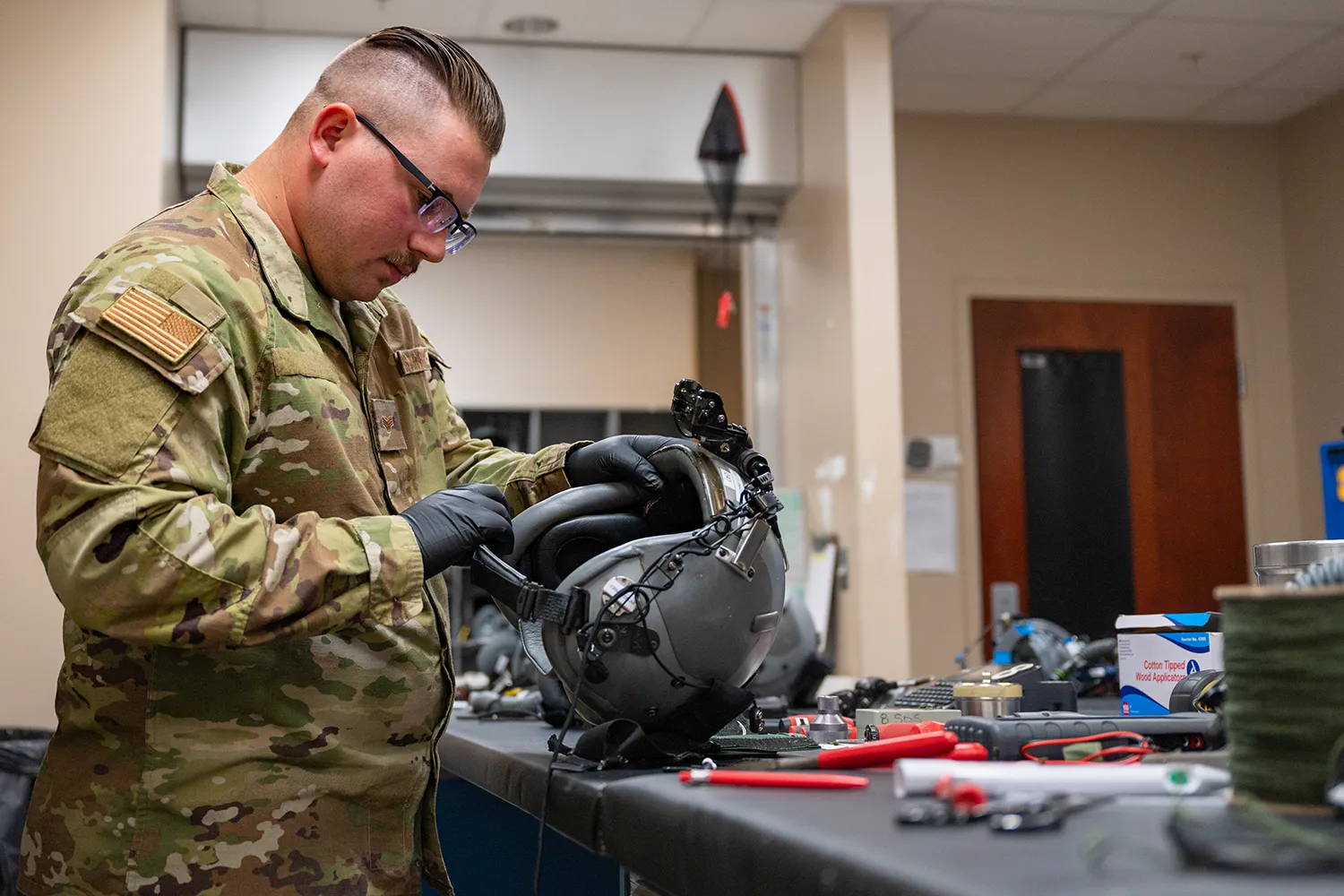What we do
Operational Health & Safety
We combine advanced technologies with human-performance expertise to help the US Total Force stay healthy, resilient, and mission-ready. From real-time environmental and physiological monitoring to cognitive workload assessment, we work alongside our customers to protect service members in the most demanding environments.
Our proven solutions in the field
We’ve launched several solutions that have been tested and proven in real-world operational environments.
Confined Spaces Monitoring System
Wearable technology to monitor operators in confined spaces
fORE
Neurocognitive monitoring for aviation readiness

MITHRIL
An intelligent, wearable device to monitor heat risk
FitForce™
An advanced app that elevates Marine fitness
How we’re moving the industry forward
Advanced research & development
We’re leading some of the most exciting and innovative R&D in the field of Operational Health & Safety. Explore a few of our most recent initiatives.

We are continuously developing our slim, ruggedized fNIRS sensor, MAVERIC, expanding our research to support safer operations and more informed decisions in high-risk environments. Worn under flight helmets or other head-mounted gear, MAVERIC unobtrusively collects neural data and key physiological and cognitive measures, including heart rate, respiratory rate, and blood oxygen levels, to provide real-time insight into Warfighter workload, health, and performance.

We are developing a helmet-integrated multimodal sensor system that continuously monitors physiological and cognitive states to support pilot health, performance, and safety. Using unobtrusive forehead sensors and advanced analytics, CrewCare-HHS detects vital signs, cognitive load, and early indicators of physiological episodes, enabling real-time insight and intervention in demanding flight environments.

We are developing an advanced system to reduce the incidence and severity of parachute landing injuries among military personnel. AERO-PI uses wearable sensors and analytics that track biomechanics during airborne operations, enabling training teams to understand risks, optimize landing techniques, and improve safety and performance.